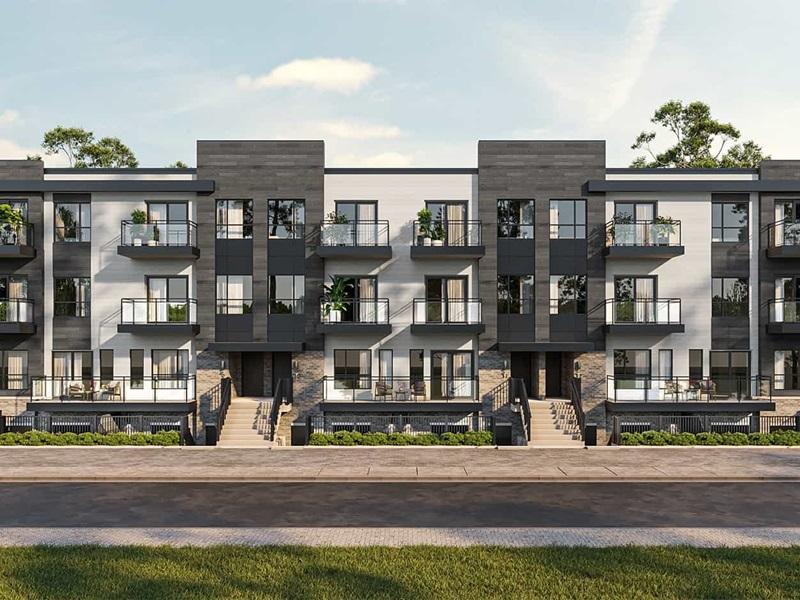I have been saying for quite a while that we need creative thinking and cooperation to solve the housing crisis in Canada.
On Sept. 14, the Canadian government launched the Build Canada Homes agency to work toward building affordable housing at scale and at speed. The agency will partner with provinces, territories, municipalities and Indigenous communities, and will oversee steps to streamline the process.
This represents creative thinking and cooperation at a high level.
The proposed advantages of this agency read like a utopia. Goals include lowering rents and home prices, the faster delivery of houses, new jobs, stronger regional economies, a housing supply that better reflects the diverse needs of Canadians, long-term investment in housing development, as well as enhanced public/private cooperation.
If even some of these goals are achieved, the industry will be better for it.
Six priorities for initial developments
The agency’s initial $13 billion will go to address all of this in part by using public lands for lead developments. There are six sites prioritized to receive 4,000 factory-built homes on federal lands: Dartmouth, Longueuil, Ottawa, Toronto, Winnipeg, and Edmonton.
It seems strange that Vancouver is missing from that list, as that city is a major metropolitan hub where housing help is needed desperately.
Apparently, some of the $13 billion will go toward financial incentives for builders to construct affordable homes by reducing up-front costs. For several years, builders and developers have been asking government to do something about reducing those costs.
Of course, development charges everywhere are undergoing scrutiny. Many municipalities have reduced or even eliminated them in some cases.
Yes, we need infrastructure to accommodate new housing, but these charges, which get passed on to the new home purchasers, often go to items not related to housing in any way. It is unfair, to say the least.
Another goal of the agency is to inspire more demand for methods such as prefab and factory-built houses. I recently wrote a piece on Mattamy Homes, which has partnered with Stelumar to produce prefab houses. This kind of thinking is welcome and refreshing.
Adding density in low-rise neighbourhoods
A strategy that is being implemented, but could be expanded, is the widespread acceptance of hybrid and mid-size condominiums in otherwise low-rise residential areas. Highrises require more time for zoning approvals, and because they include so many units, 70 to 85 per cent of those units must be sold before the builder/developer can get financing.
This is a terrible burden on the high-rise industry. The bottleneck in pre-construction condominiums hurts the rental market too, as for the past 25 years, condos have been the only supplier of rental stock. Only now are we seeing purpose-built rentals in the works.
I extend a word of caution, however, when it comes to Build Canada Homes – the main agency overseeing affordable housing projects that involve the federal government.
Keep in mind that we have a ready and able roster of builders and developers who are capable and willing to work hard. In fact, pre-construction housing is an industry that can turn on a dime when the environment is right.
Prime Minister Mark Carney talks a lot about technology, but this is a bricks-and-mortar industry. Although technology will continue to play a part in terms of how we organize and plan, right now, we are all about labourers, machines and supplies such as lumber and concrete.
More GST relief would be welcome
What would help our industry immediately is the federal government expanding those eligible for the GST elimination and reduction to all new home buyers.
Right now, only first-time buyers do not pay GST on the purchases of homes under $1 million and receive GST reductions on homes from $1 million up to $1.5 million. If there has ever been a time when a tax break is needed to spur sales of all new homes and condos, it is now.
Housing in Canada is critical to our economic, psychological, social and emotional wellbeing, and we are experiencing a housing market like nothing we have seen in the past. We need fresh, new, innovative ideas to bring about change and move forward and instill confidence once again.
What is perhaps the most refreshing about Build Canada Homes is the cooperation it requires between the public and private sectors. It is action oriented and filled with forward thinking.
Much of the description of the new agency so far is high level, so as the future unfolds, I look forward to learning more.
It is great to see this major commitment to catalyze our industry. Now, we need all stakeholders, both public and private, to put aside their individual agendas to embrace the future success of our industry.
Teamwork is called for on a major level.
Let’s hope the goals of Build Canada Homes agency come true and that everyone keeps an open mind to work together toward a common goal.







